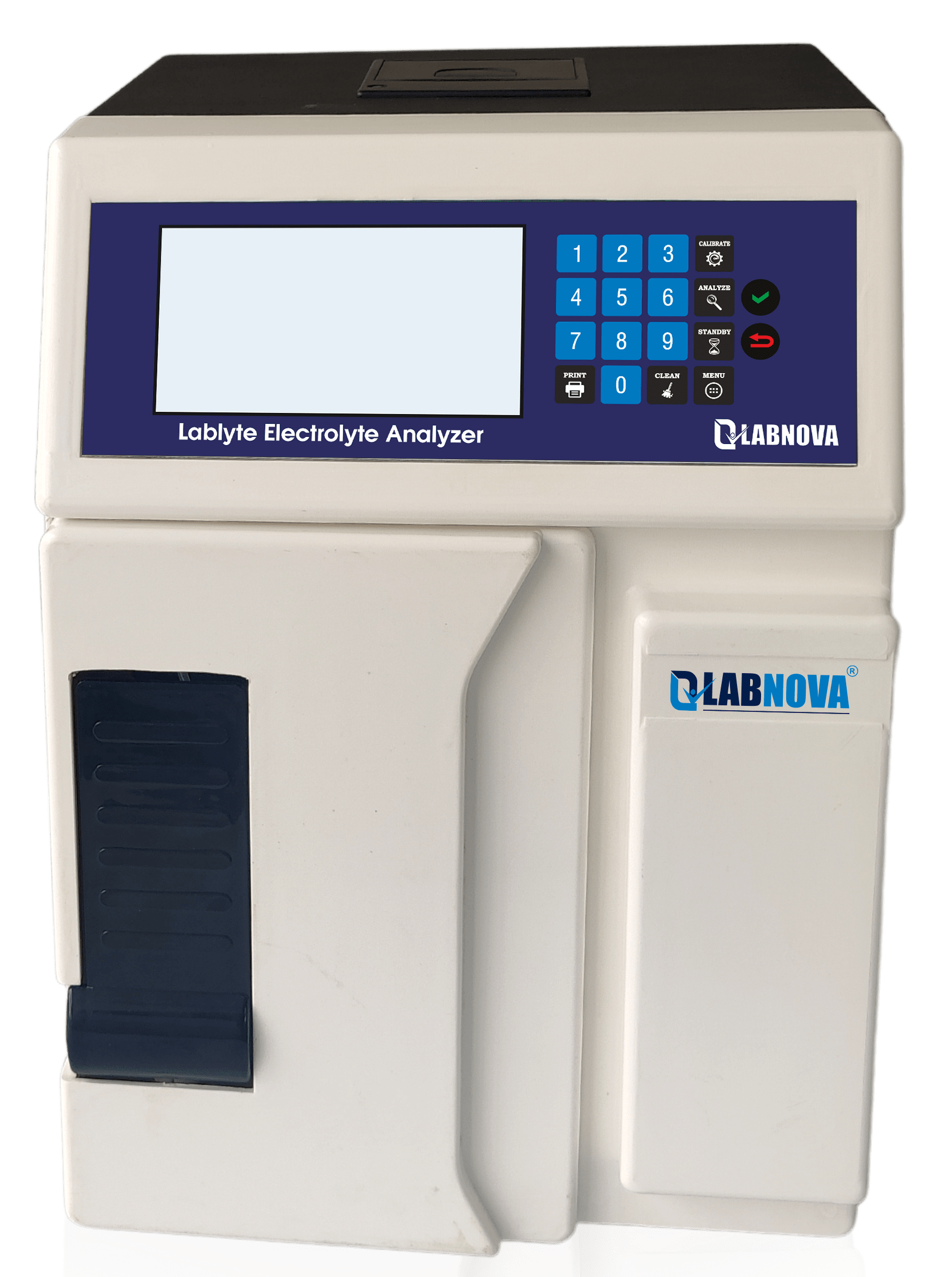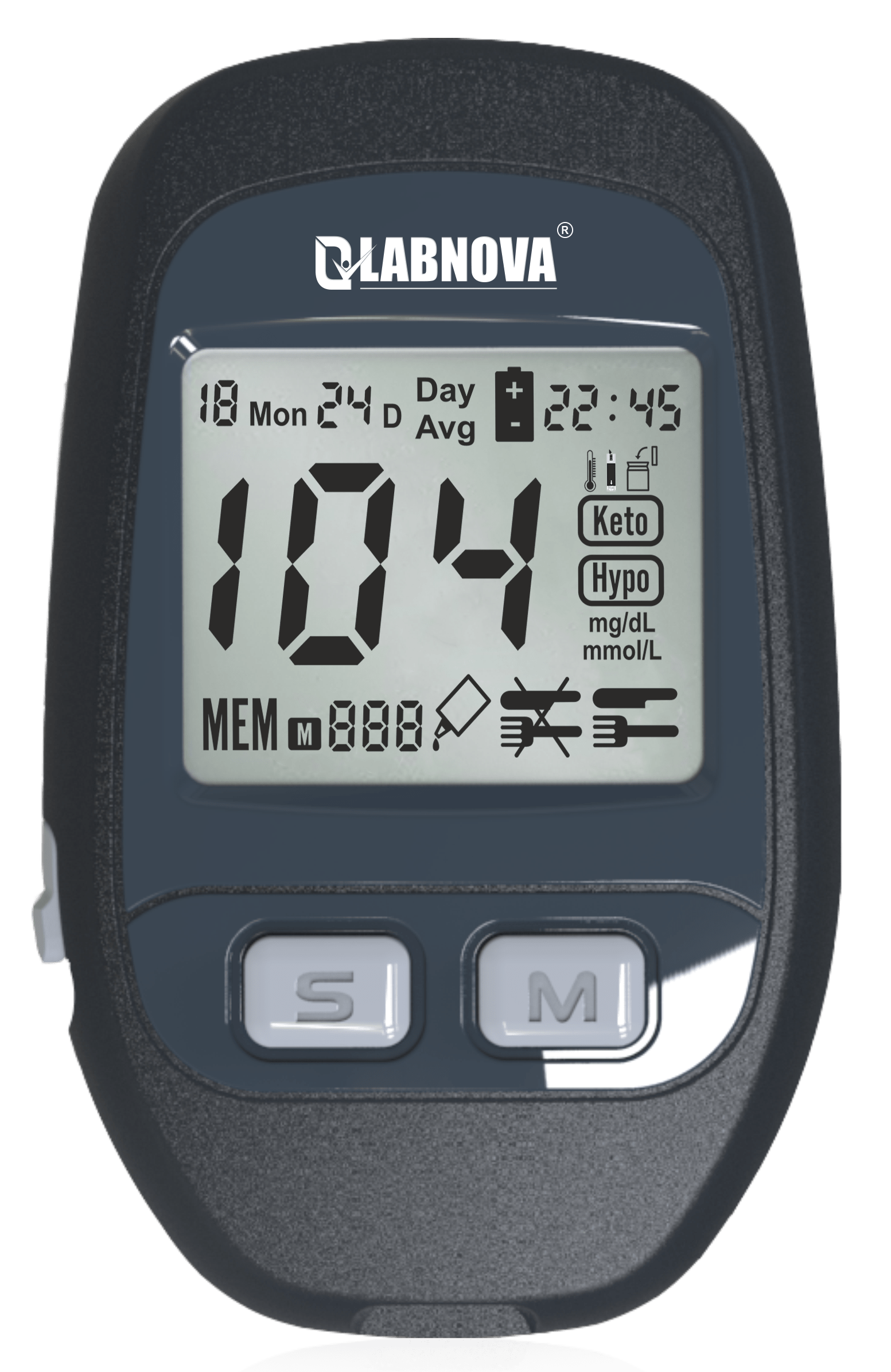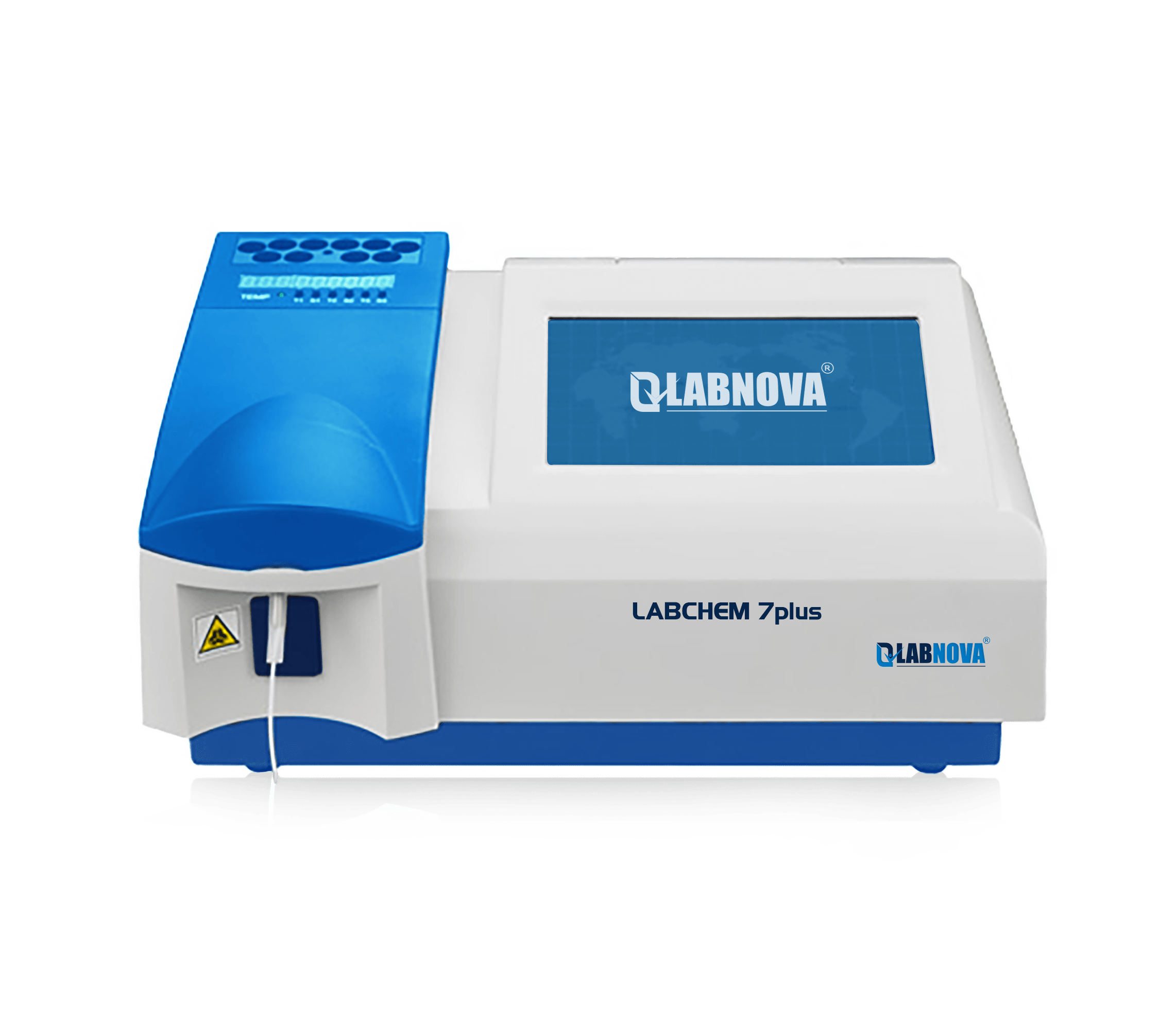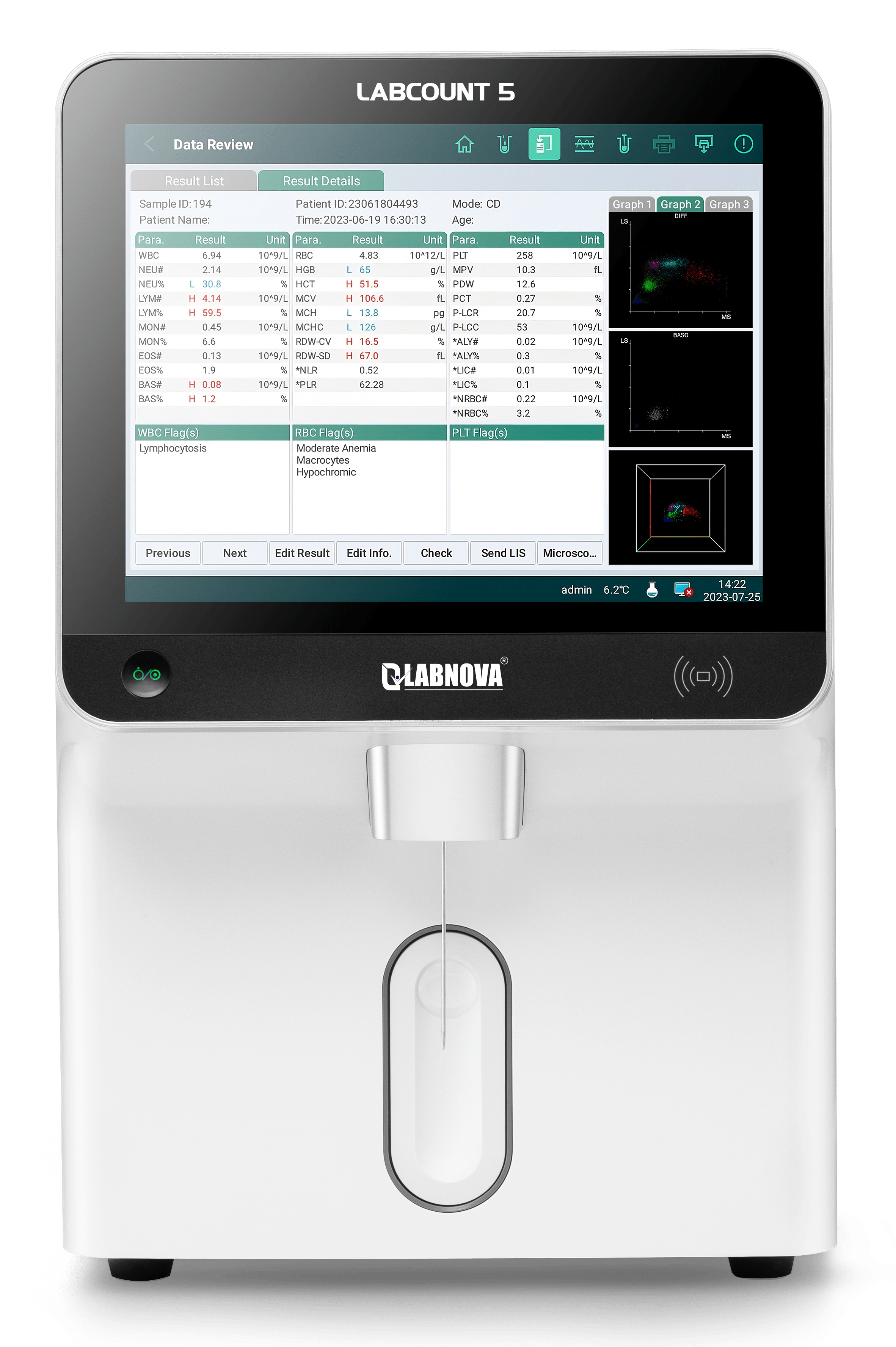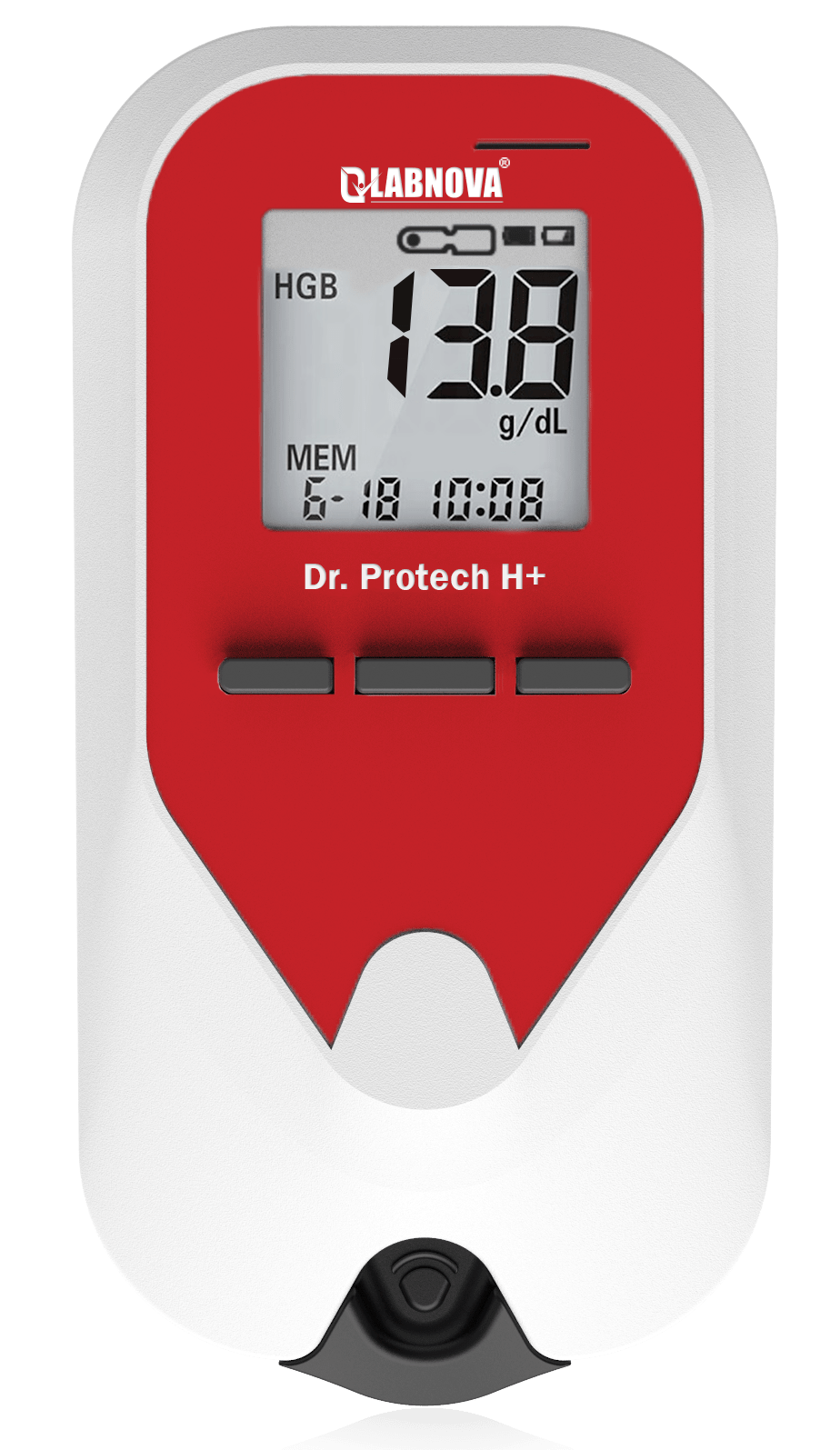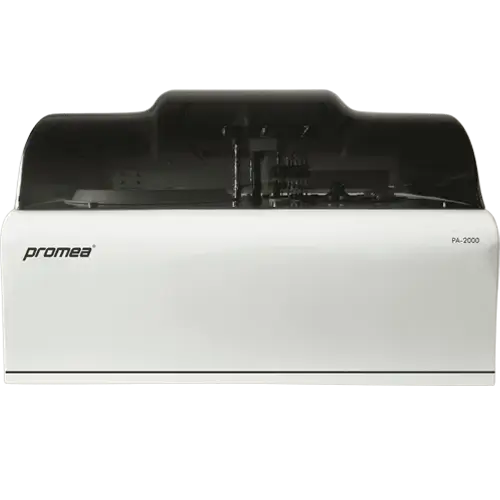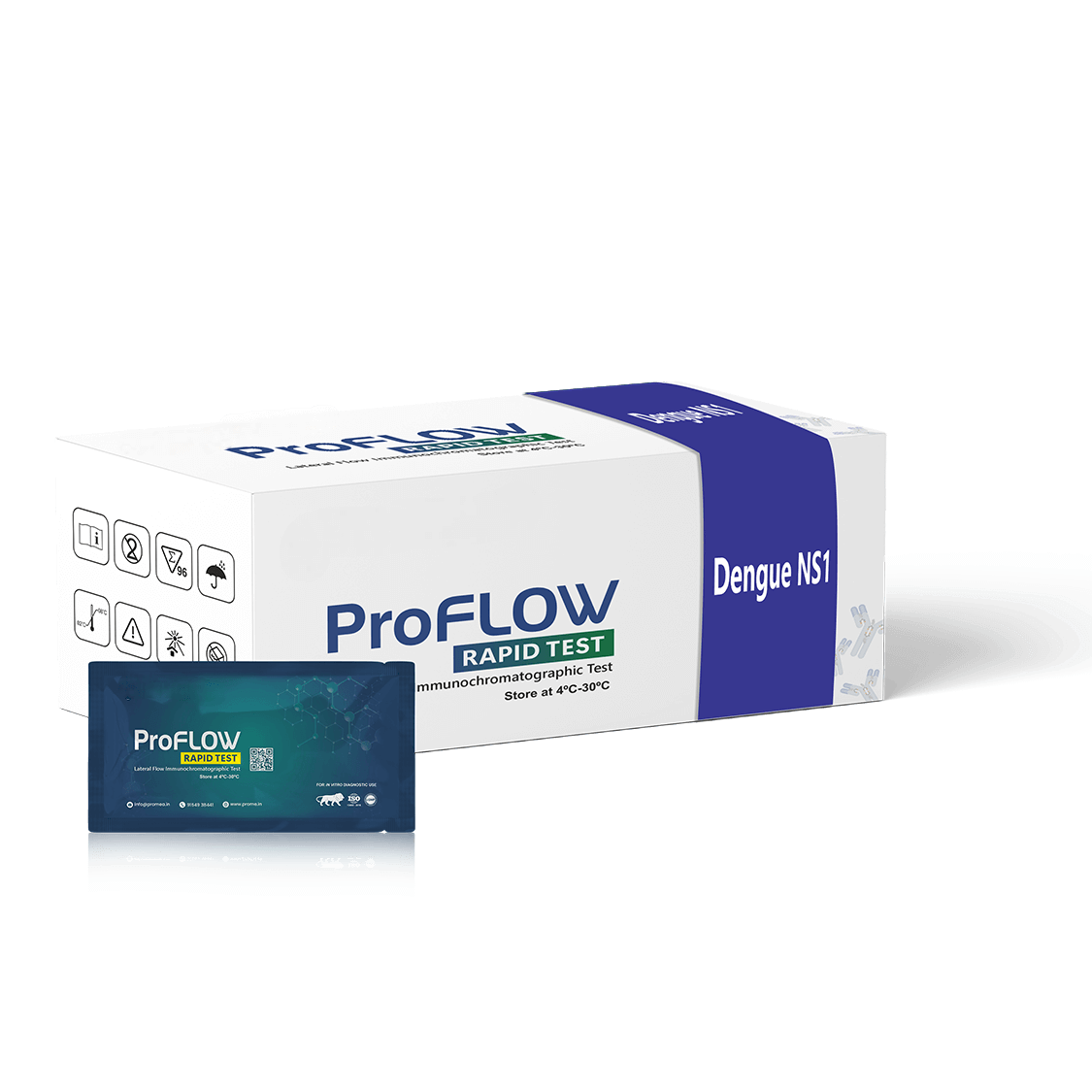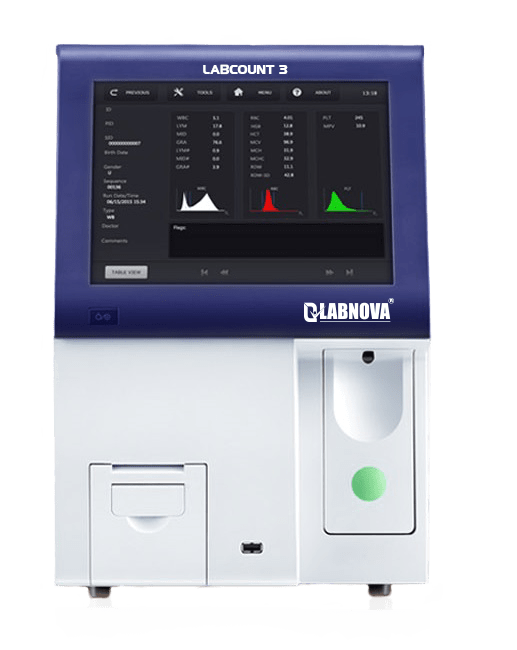
LABCOUNT 3
Technical Specifications
| Performance | Specification & Features |
|---|---|
| Parameters |
24 reportable parameters: WBC, LYM%, MID%, GRA%, LYM#, MID#, GRA#, RBC,
HGB, HCT, MCV, MCH, MCHC, RDW-CV, RDW-SD, PLT, MPV, PDW-CV, PDW-SD, PCT,
PLCC, PLCR 2 RUO parameters: *NLR, *PLR 3 histograms for WBC, RBC and PLT |
| Principles |
• Direct impedance method for WBC, RBC and PLT counting. • Cyanide free Lyse reagent for hemoglobin test |
| Sample Volume | Whole blood 10 μL, Capillary Whole Blood 10 μL, Pre-diluted 20 μL |
| Reagent |
HD310 Diluent 10L/20L HL310 Lyse 200mL/500mL/1L HC310 Cleaner 50mL |
| Control and Calibrator | PA-30D, PA-CAL PLUS |
| Throughput | 60 samples per hour |
| Data Storage Capacity | 100, 000 results including results and histograms, 60 QC files (100 data per file) |
| Operating Environment |
Temperature : 15OC~35OC; Humidity : 20% RH~85% RH; Air pressure : 70 kPa~106 kPa |
| Dimension and Weight | 415mm(L) x 275mm(W) x 406mm(H); 18kg |
Performance
| Parameter | Linearity Range | Precision (CV %) |
|---|---|---|
| WBC(109/L) | 0.0-300 |
<3.0% (3.50-7.00) <2.5% (7.01-15.00) |
| RBC(10¹²/L) | 0.0-8.5 | <1.5% |
| HGB(g/L) | 0-250 | <1.5% |
| PLT(109/L) | 0-4000 | <5.0% |
| MCV(fL) | 70-120 | <1.0% |
Discription
Extending linearity range for WBC and PLT
Differentiating WBC, RBC, and PLT with adaptive threshold
Requiring small sample volume for pediatric samples and difficult draw
Simplifying the working process with an intuitive operation system
Lowering cost with two routine reagents
Expanded clinical capabilities
Wider linearity range and better precision meet diversified clinical cases.
24-parameters test result, including NLR and PLR, helps with theprognosis of infectious and cardiovascular diseases.
Adaptive threshold differentiates WBC, RBC, and PLT with better accuracy.
Original hematology calibrator and controls guarantee the performance
Simplified working process
10.4-inch color touch screen with an innovative operating system is simple-to-use and easyto-navigate. • A handheld barcode scanner allows easy entry of patient ID.
A handheld barcode scanner allows easy entry of patient ID.
RFID transducer secures the distributors’ reagent business.
A built-in thermal printer allows for a fast printout of test reports.
The memory contains up to100,000 results, including histograms.
Up to 60 QC files with 100 QC data for each can be stored.
Support external printer, barcode scanner, mouse, and keyboard for flexible connection options.
Bidirectional LIS connectivity via HL7
Effective cost control
Two routine reagents for sample analysis, up to 120 days on-board stability plus low reagent consumption, provide cost-effective results
Reliable diagnostics keep costs to a minimum.
Minimal maintenance ensures maximal uptime

